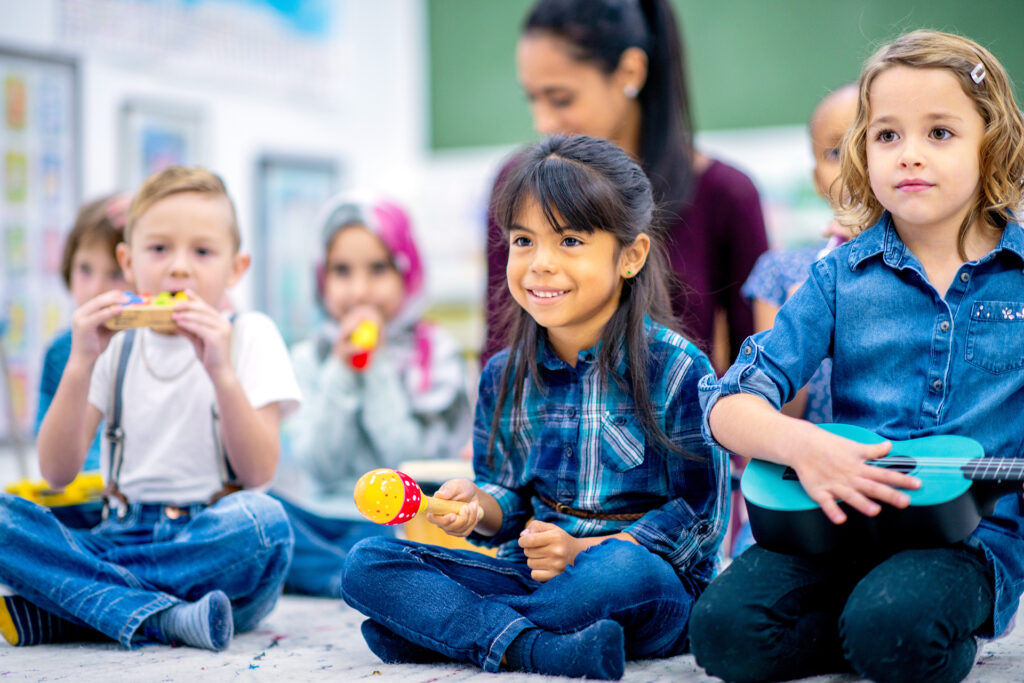The Growing Population
English learners represent the fastest-growing student demographic in Massachusetts, with current enrollment reaching over 90,000 students—approximately 9.5% of the total student population. This growth is particularly striking when contrasted against overall declining enrollment trends. While total student enrollment has decreased since 2000, the English learner population has nearly doubled, creating both opportunities for cultural enrichment and challenges for resource allocation.
The demographic composition of Massachusetts schools reflects this linguistic diversity: Hispanic or Latino students comprise 25.9% of the state’s enrollment, with many of these students speaking Spanish as their primary language. Portuguese, Chinese, Vietnamese, Haitian Creole, and Cape Verdean are among the other most commonly spoken home languages, reflecting the Commonwealth’s rich immigrant communities.
Program Models and Educational Approaches
Massachusetts schools primarily rely on Sheltered English Immersion (SEI) as the default program model for English learners. However, this “one-size-fits-all” approach has faced criticism from educators and advocates who argue for more flexible, research-based programming options.
The Promise of Dual Language Education
Just 4 percent of Massachusetts’ English learners are enrolled in dual language programs, despite research showing these programs achieve high outcomes for all students regardless of background. Dual language programs, which teach students in both English and their home language, offer cognitive and economic benefits while preserving students’ linguistic assets.
Recent expansion efforts show promise. Boston Public Schools expands programming for multilingual learners, with nine new programs coming online for the 2025-2026 school year. These programs specifically target areas with the greatest need for home language inclusion, representing a community-responsive approach to English learner education.
Federal and State Policy Context
The 2025-26 school year takes place against a backdrop of federal policy uncertainty. While President Trump is working to gut the federal education department, including its English learner office, Massachusetts Education Secretary Patrick Tutwiler acknowledged the state’s academic responsibility to newcomer students and their families.
State leadership recognizes the imperative to support these vulnerable students. “It’s incumbent upon us as educators and school leaders to meet the moment and address the unmet needs of our most vulnerable students,” Tutwiler said.
Success Stories and Innovation
Despite challenges, Massachusetts schools are implementing innovative approaches to support English learners. Boston’s expansion includes specialized programs like:
- The Rafael Hernández Two-Way Bilingual School, a K1-8 program committed to working with parents and the community within a diverse, nurturing environment in which students use Spanish and English as constructive tools for learning
- Âu Cơ Preschool, the first and only Vietnamese bilingual, bicultural preschool program in Massachusetts
These programs demonstrate the potential for culturally responsive education that honors students’ home languages while building English proficiency.
